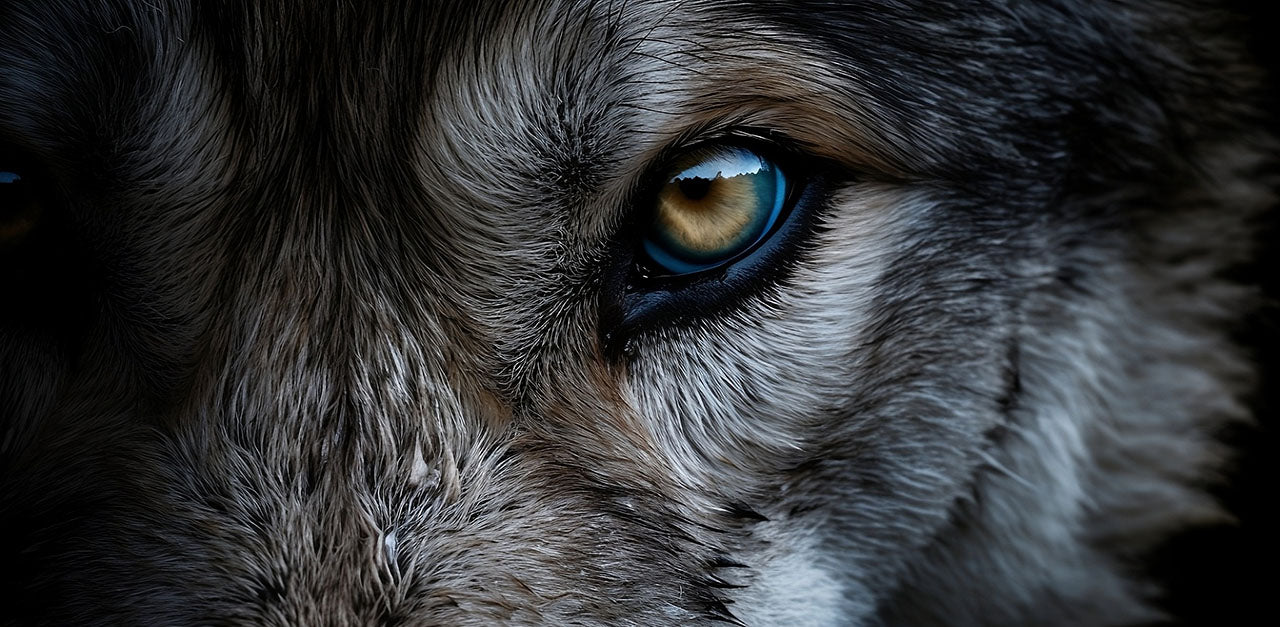Dogs are the direct descendants of wolves, and this heritage still influences their behavior and physique today. In this article, you will gain insight into the world of dogs and wolves by highlighting their differences and similarities. This knowledge offers valuable support in better understanding and using your dog's natural instincts and social behavior in a positive way.
The Genome: Genetic Brotherly Love?
Genetically, dogs are closely related to wolves, although significant differences have existed since domestication. This relationship shapes basic behavioral tendencies in dogs and contributes to a better understanding of their needs.
The Wild and the Tamed: Behaviors in Comparison
Compared to their wild ancestors, dogs have learned to adapt to the human environment, while wolves have maintained their autonomous and independent way of life in the wild. This differentiation in behavior is evident in many aspects of daily life and in dealings with other wolves and humans.
Communication: How they speak
The similarities in the communication between wolves and dogs, such as growling, barking and howling, show that dogs have inherited many of their expressions from their wild ancestors. These common communication signals are key components of their interaction and important for social interaction.
Social Structure: From Pack to Family
Wolves live in complex social structures based on pronounced pack behavior. Dogs have transferred these social skills to their coexistence with humans and adapted their role within family structures.
Diet: Carnivore or All-Rounder?
Wolves are pure carnivores whose diet is based exclusively on hunting. Dogs, on the other hand, have evolved to have a more omnivorous diet, which can consist of a variety of food sources, both animal and plant.
Reproduction and Growing Up: From Childhood to Social Integration
When it comes to raising young animals, wolves and dogs show some similar instincts. Both species care for their young intensively, but the type of socialization differs, with domesticated dogs learning to live with humans and other animals at an early age.
Adaptation and Evolution: Evolutionary Development Pathways
Despite having common roots, dogs and wolves have followed different evolutionary paths. Natural development has adapted dogs to live alongside humans, while wolves have retained their original behavior and physical characteristics.

Conclusion
- Dogs have evolved from their wolf-like ancestors through domestication into a separate species.
- They are adapted to living together with humans, while wolves prefer their independent lifestyle.
- Communication through acoustic signals is an inherited trait that is used in various social contexts.
- The social structures of dogs have moved away from those of wolves and are geared towards family life with humans.
- Dogs have a more varied diet and are not strictly carnivorous like their wild counterparts.
- The rearing of young dogs and wolves is characterized by care and education, with dogs being integrated into human society at an earlier age.
- Over the course of evolution, dogs have steadily adapted to the human way of life.
Do you have any comments or do you need more information about a specific aspect of the coexistence of humans and dogs? alphazoo offers comprehensive advice to ensure the well-being of your animal companion.



